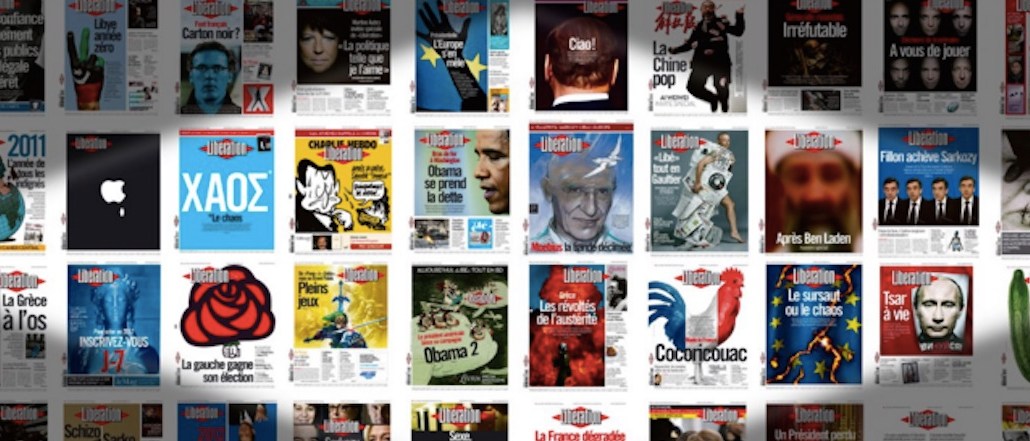Save 50% on a 3-month Digiday+ membership. Ends Dec 5.
‘Fact-checking is not for one team’: How France’s Liberation is tackling false information

With France getting ready for its own presidential elections in April and May, French political newspaper Libération is stepping up its longstanding fact-checking efforts.
The left-leaning paper, founded by philosopher Jean-Paul Sartre in 1973, claims to have had one of the earliest teams dedicated to fact-checking in France. Launched in 2008, its sub-brand Désintox grew to four people in 2012. But Libération doesn’t just want to stamp out outright rumors and fake stories — it wants to go after the very people in power who are spreading misinformation.
“Now, politicians talk directly to the voters on Facebook and Twitter,” said Xavier Grangier, head of digital at the publication. “The media needs to be in the middle of one-to-one communication. With trust in the media so low, we need to give fact-checking without opinion, showing people that something is not right in this speech or these figures, and explaining why with real facts.”
Désintox reports on claims like the Republican presidential candidate François Fillon covering up that he paid his family to work fake jobs, backing them up with evidence, in this case screenshots of official payment documents. While other publications have their fact-checking teams, Libération’s goal is to have the rest of the newsroom publish under Désintox as part of their day job. “Fact-checking is not for one team; it’s for the whole newsroom,” Grangier said.
To that end, Libération in November launched a vertical, L’Oeil sur le Front (Eye on the Front), focused on France’s right-wing party, The National Front. It’s run by a team of five journalists and like Désintox, publishes articles and information on the party. It accounts for 4 percent of Libération’s overall traffic.
Libération is also working on a searchable database of fake-news stories that can be accessed by staff and readers alike. “The whole idea is to be able to find all the false news regarding a given topic or a given personality,” Grangier said.
In addition to text-based articles, Désintox also creates videos for Arte, the government-funded TV channel, which funds 50 percent of Désintox. The channel broadcasts a Désintox-branded animation each week debunking politicians.
Ad position: web_incontent_pos1
In August, just seven articles were posted to Désintox; today, it’s posting at least once a day there. These article also punch above their weight. Désintox articles make up 2 percent of the newspaper’s production but 11 percent of the pageviews, Grangier said. He also said the articles perform three times better than Libération’s other content, although he wouldn’t give exact numbers.
Désintox stories are popular on Facebook, where the publisher estimates they get roughly four times number of likes than Libération’s other articles do. But Grangier recognizes a potential problem there.
“We need to make sure we are checking politicians on the left and the right; otherwise, we won’t be trusted beyond our own readers,” he said. “It’s complicated, but we need to break that bubble.”
More in Media

What publishers are wishing for this holiday season: End AI scraping and determine AI-powered audience value
Publishers want a fair, structured, regulated AI environment and they also want to define what the next decade of audience metrics looks like.

Digiday+ Research Subscription Index 2025: Subscription strategies from Bloomberg, The New York Times, Vox and others
Digiday’s third annual Subscription Index examines and measures publishers’ subscription strategies to identify common approaches and key tactics among Bloomberg, The New York Times, Vox and others.

From lawsuits to lobbying: How publishers are fighting AI
We may be closing out 2025, but publishers aren’t retreating from the battle of AI search — some are escalating it, and they expect the fight to stretch deep into 2026.
Ad position: web_bfu